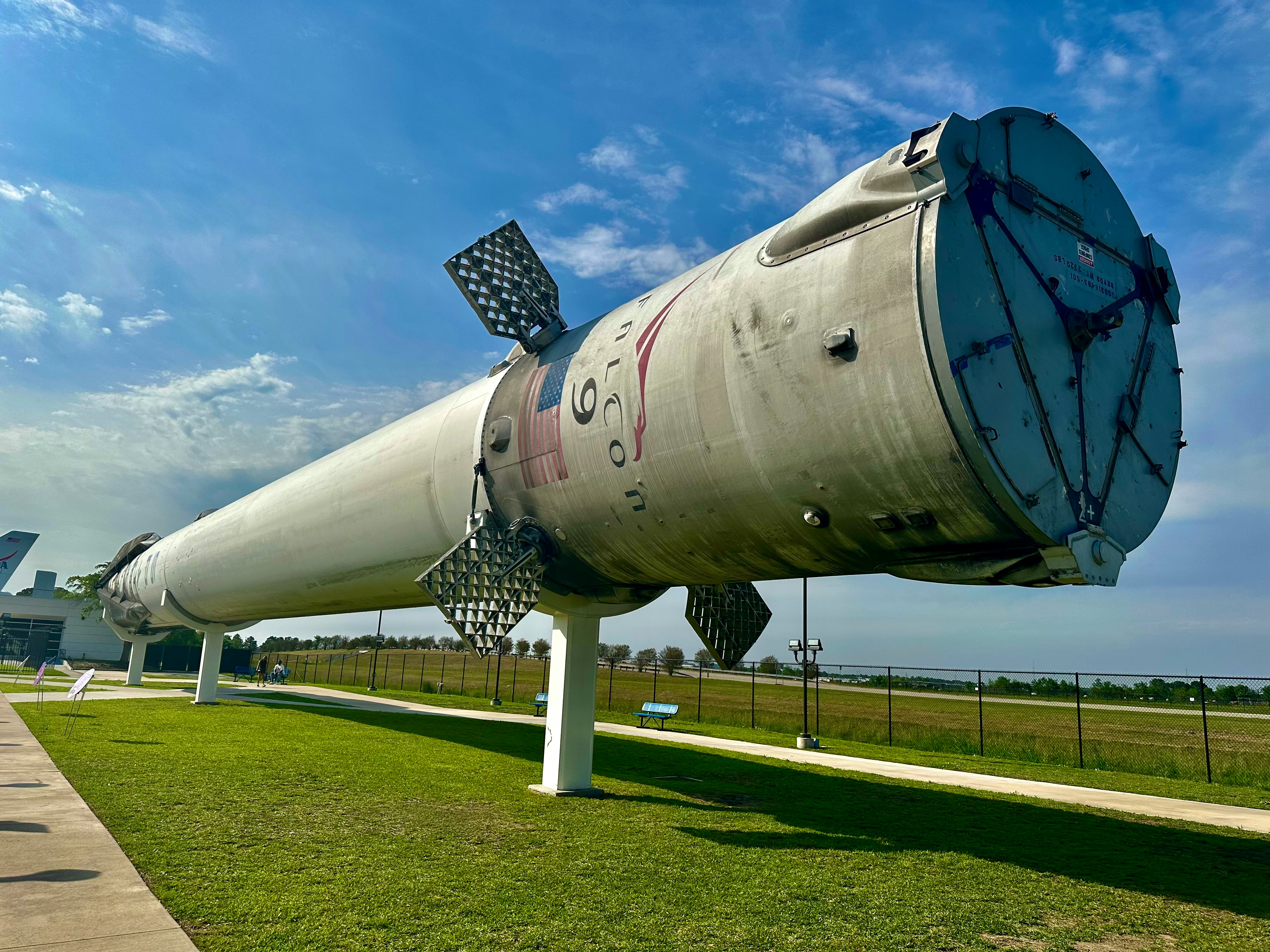· space brief · 6 min read
Space Brief 11 May 2025
Discover the latest innovations from Rocket Lab, new developments in hypersonic flight, and significant advances in satellite technology with BlackSky. Gain insights into the Space Force's mission and MIT physicists' breakthroughs in observing atoms.

📄Top Stories
Today’s highlights include Rocket Lab’s upcoming innovations in cargo transportation, successful hypersonic vehicle tests, and BlackSky’s new satellite technology achievements. Additionally, insights are shared on the Space Force’s strategic role, as well as an intriguing breakthrough by MIT physicists in atomic imagery.
📰Detailed Coverage
Rocket Lab’s Neutron Rocket Set for Debut
Rocket Lab is poised to debut its medium-lift reusable Neutron rocket, geared for point-to-point cargo transportation, in the second half of 2025. This innovative development is slated for a 2026 Air Force mission, marking a significant stride in Rocket Lab’s capabilities and aligning with broader military logistics goals.
Technical specifics of the Neutron rocket remain under wraps, including the designated payload. This launch is anticipated to enhance logistical agility in space, underscoring the importance of advanced satellite tracking systems. Our web app is tailored to provide real-time updates on such evolving capabilities.
Read the full story: SpaceFlight Now
Hypersonic Flight Breakthroughs
Stratolaunch has successfully tested its hypersonic flight vehicle for the second time, marking a significant advancement in reusable vehicle technology for the Department of Defense. This test, conducted in the Mojave Desert, showcases the potential of unmanned hypersonic flights for defense and research applications.
This development follows earlier successes and indicates continued investment in hypersonic vehicles. The focus on reusability echoes the increasing demand for sustainable, cost-effective innovation in aerospace.
Read the full story: SpaceDaily
Space Force’s Drive for Space Superiority
A documentary screening on Capitol Hill highlighted the critical role of the U.S. Space Force in national defense. “The U.S. Space Force - America’s Invisible Front Line” aims to foster Congressional support for enhanced investment in military space capabilities.
The screening emphasized the urgency of maintaining space superiority as a strategic priority. This showcases the pivotal intersection of policy, military strategy, and technological innovation in modern space operations.
Read the full story: SpaceWar
BlackSky’s Satellite Innovation
BlackSky Technology Inc. has completed commissioning of its first Gen-3 satellite, achieving exceptional tasking and delivery capabilities. This satellite, delivering very high-resolution imagery, marks a crucial advancement in satellite technology and geospatial analysis.
The rapid deployment and successful feedback set a new standard for satellite performance, promising enhanced data delivery for diverse applications, from environmental monitoring to strategic defense operations.
Read the full story: SpaceWar
MIT Physicists’ Atomic Image Capture
MIT’s groundbreaking research has resulted in the first images of “free-range” atoms, offering unprecedented insights into atomic interactions. These images captured fundamental quantum phenomena, previously predicted but never directly visualized.
This achievement could propel advancements in quantum physics, potentially informing future developments in satellite technology and communication systems by enhancing our understanding of atomic-level processes.
Read the full story: SpaceDaily
🛰️Satellite Spotlight
- Satellite Name: ONEWEB-0506
- NORAD ID: 54124
- Launch Date: October 22, 2022
- Mission: This satellite is part of the OneWeb constellation aimed at providing global Internet coverage through satellite communications.
- Orbit: LEO (Low Earth Orbit)
- Operator: OneWeb
- Fun Fact: ONEWEB-0506 is equipped with a Ku-Band payload, allowing it to deliver high-speed internet to remote areas, contributing to the goal of connecting the unconnected.
Track this satellite in real-time on our web app: Track ONEWEB-0506
🌌Space Weather
Space weather conditions are currently quiet.
R0 - S0 - G0
Next 24 Hours:
In the coming day, satellite operators can expect no risk of radio blackouts or solar radiation storms, ensuring a smooth operation for satellite communication systems. Ground-based radars and telescopes will also function without interference from solar or geomagnetic storms, providing reliable data collection. Additionally, there are no significant transient solar wind features predicted, meaning that LEO satellites will experience minimal drag impacts, allowing them to maintain their orbits efficiently.
Beyond:
From May 5 to May 31, solar activity is forecasted to remain predominantly low, with only a varying chance for M-class flare activity. This means that, while satellite communication users should not anticipate significant disruptions, they should stay vigilant for minor flare activity that could briefly impact operations. No proton events are expected at geosynchronous orbit, providing a stable environment for critical satellite functions.
However, the greater than 2 MeV electron flux at geosynchronous orbit is likely to peak during specific windows (May 5-12 and May 29-31), which can affect satellites if they operate in sensitive modes. Geomagnetic conditions are predicted to reach G1 (Minor) storm levels on May 18 and 29-31, primarily due to negative polarity coronal hole influences. This indicates that satellite owners should prepare for possible active conditions during various periods, particularly on May 5-6, May 9-11, May 16-17, May 19-21, and May 27, which could have implications for ground-based observations and satellite operations. Throughout the remainder of the period, conditions will likely remain quiet to unsettled, providing a generally stable environment for data collection and communications efforts.
Upcoming Space Launches
May 11
- China Aerospace Science and Technology Corporation Long March 6A:
- Unknown Payload from Taiyuan Satellite Launch Center, People’s Republic of China (13:12 UTC)
- Mission Details TBD.
May 12
- SpaceX Falcon 9 Block 5:
- Starlink Group 6-83 from Kennedy Space Center, FL, USA (04:06 UTC) A batch of 28 satellites for the Starlink mega-constellation - SpaceX’s project for space-based Internet communication system.
- China Aerospace Science and Technology Corporation Long March 3C/E:
- Unknown Payload from Xichang Satellite Launch Center, People’s Republic of China (17:59 UTC)
- Mission Details TBD.
May 13
- SpaceX Falcon 9 Block 5:
- Starlink Group 15-4 from Vandenberg SFB, CA, USA (Time TBC) A batch of satellites for the Starlink mega-constellation - SpaceX’s project for space-based Internet communication system.
- China Aerospace Science and Technology Corporation Long March 2D:
- Unknown Payload from Jiuquan Satellite Launch Center, People’s Republic of China (04:03 UTC)
- Mission Details TBD.
May 14
- SpaceX Falcon 9 Block 5:
- Starlink Group 6-67 from Cape Canaveral SFS, FL, USA (15:43 UTC) A batch of satellites for the Starlink mega-constellation - SpaceX’s project for space-based Internet communication system.
May 15
- Gilmour Space Technologies Eris-1:
- Maiden Flight from Bowen Orbital Spaceport (Time TBC) Maiden flight of Gilmour Space’s orbital launch vehicle Eris.
- LandSpace Zhuque-2E:
- Unknown Payload from Jiuquan Satellite Launch Center, People’s Republic of China (04:04 UTC)
- Mission Details TBD.
May 16
- SpaceX Falcon 9 Block 5:
- Starlink Group 15-5 from Vandenberg SFB, CA, USA (13:00 UTC) A batch of satellites for the Starlink mega-constellation - SpaceX’s project for space-based Internet communication system.
May 17
- Rocket Lab Electron:
- The Sea God Sees (iQPS Launch 2) from Rocket Lab Launch Complex 1, Mahia Peninsula, New Zealand (08:15 UTC) Synthetic aperture radar Earth observation satellite for Japanese Earth imaging company iQPS.
Note: Launch dates and times are subject to change due to technical or weather considerations.

Maurice Stellarski





